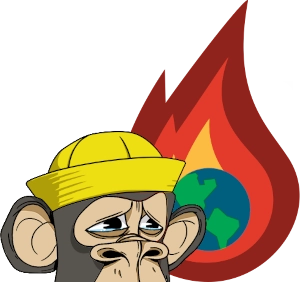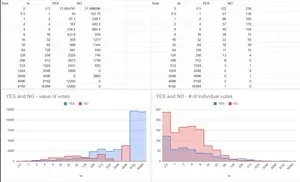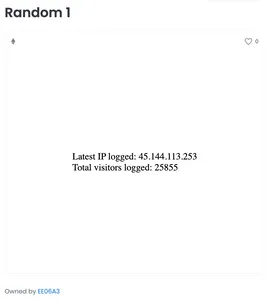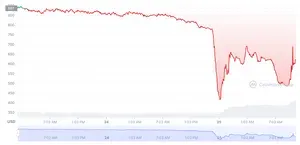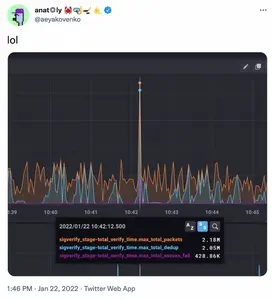The discovery of the withdrawal caused panic, with some community members believing it was a sign that the team was rug pulling. Some also questioned the team members' choice to send the funds to a cryptocurrency tumbler, believing this meant they were trying to hide the cash-out from community members. One might understand why they would try to hide it: after the withdrawals became public, the value of the native $LOOKS token crashed around 15%.
More broadly, the fear around the team cashing out illustrates a common belief among some crypto project communities: that if you cash out even some of your holdings, you're not a true believer. A LooksRare team member explained that the team behind the project had "been grinding night and day for 6+ months" without payment and had collectively fronted "more than 7 figures in costs" before the platform launch (reassuring!), and the withdrawal was simply 10+ team members finally receiving payment. Apparently unsatisfied with this explanation, the community tried to demand the team use their wETH to repurchase $LOOKS, though it doesn't appear this has happened.
